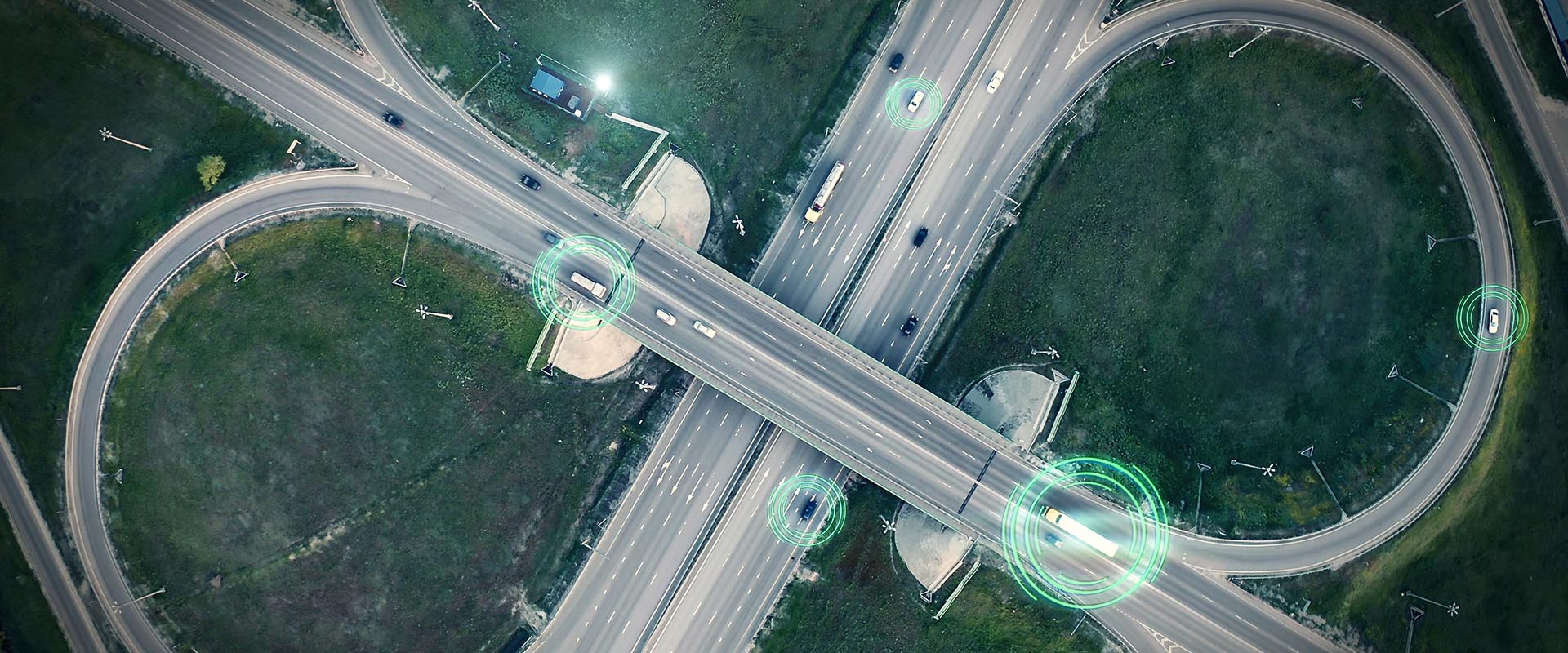
Current State of Self-Driving Trucks
The impending use of autonomous vehicles (AVs) has been discussed across the industry for years, but now we’re finally seeing early cases of their use in the supply chain. Many logistics leaders are racing to set the standard for what it means to use self-driving vehicles.
Common Models
There are a few kinds of popular usage, but the most prevalent is an operating model built around fleets. Recently, a company called Locomation launched their Autonomous Relay Convoy (ARC) model, which uses a fleet of drivers in vehicles that have an autonomous follower mode.
This allows the lead driver to control the pace of the convoy while the drivers in the vehicles behind the lead driver can rest. Because of the unique setup, the driver can navigate scenarios like inspections, law enforcement, accident scenes, etc. while still benefitting from the perks created by vehicle autonomy.
Others are anticipating the use of another model built around transfer hubs which would use long-range trucks with human drivers that will lead the truck up to a dedicated transfer point near interstates, at which point the truck would take off on the rest of the route autonomously. As it nears the destination, it would reach another transfer point where it would be taken over by a driver again.
Launch and Regulations
Since there is no definite launch date, unlike many other new technologies, it is unclear when and how self-driving trucks will become the new normal. Deloitte has developed a scenario planning model that captures the format of adoption throughout the United States, anticipating popular lanes and autonomous fleet rollout.
There are industry-wide concerns about identifying what regulations and safety will look like prior to adopting this technology. Currently, the DOT only offers patchwork regulations because of how quickly the technology is evolving. The government’s goal is to continue to promote innovation and flexibility while also ensuring the safety of others on the road. There is no overarching federal agency where this technology fits neatly, so it may become a joint effort for multiple agencies like the DOT, FCC, etc. as it becomes more common.
How Will Autonomous Vehicles Impact Shippers?
There is a great business case for using autonomous technology in shipping and logistics, with multiple benefits anticipated.
Jobs
The most common discourse surrounding autonomous vehicles is the impact on jobs. Widespread use of AVs may potentially eliminate up to 400,000 jobs, but also poses an opportunity for new jobs in supervision and control of remote trucks. These new jobs could offer many distributed and work-from-home options as well.
In an industry that notoriously struggles with driver and employee retention, using autonomous technology could help resolve the driver shortage issue since 100,000 new drivers are needed in the next few years.
Cost Savings
As shippers face high truckload costs due to capacity and truck availability, autonomous technology could vastly improve cost savings for shippers and manufacturers in multiple ways. In fact, Deloitte is projecting a potential 30% reduction in per-mile cost compared to human drivers due to a decrease in labor wages and other employee-related costs, especially for overnight or long-distance routes.
Logistics Improvements
In addition to cost savings, shippers will also benefit from multiple types of streamlined logistics and operations, like:
- Improved fuel efficiency and fewer fuel emissions
- Better safety performance
- Increased system capacity with 24/7 operations and increased daily driving ranges
- More transparent, predictable tracking of shipments
- Decreased lead times and transit times, improving product availability
- Fewer human errors and less need for frequent stops
- Shorter lead times, higher product availability
Additionally, improved automation technology will allow more automation across the supply chain like warehouse vehicles for packing, routing, sorting, etc. It will also optimize performance of manufacturing with AI quality control and the reduction of human error.